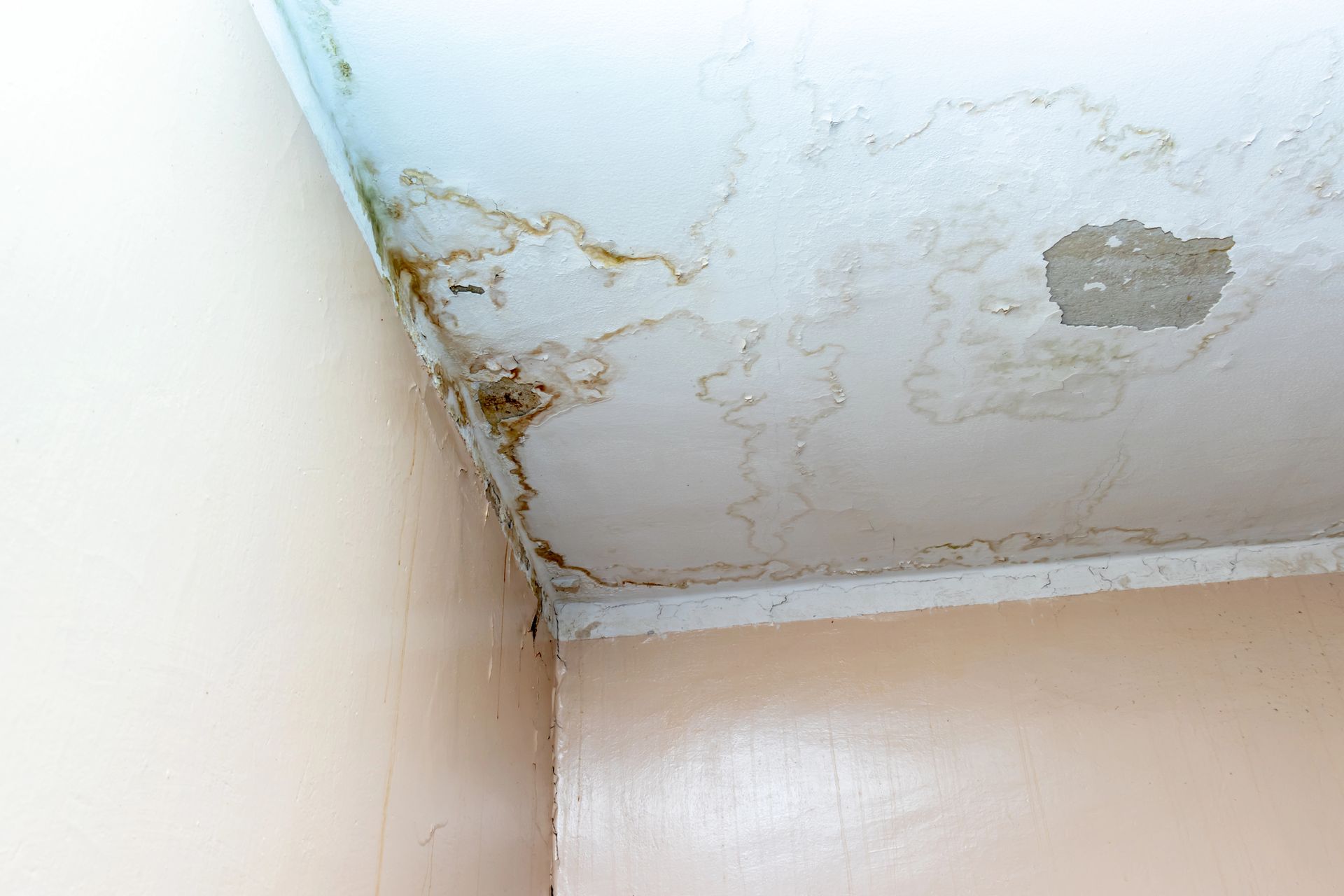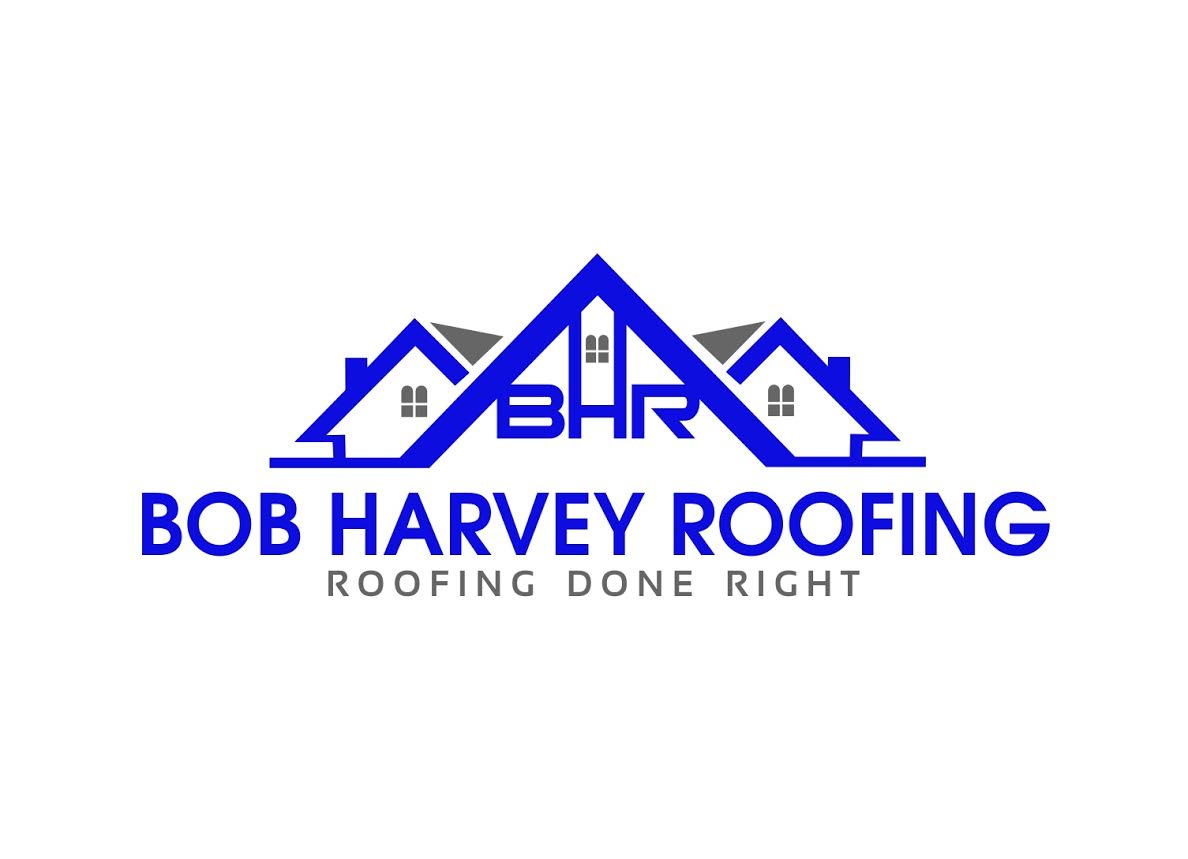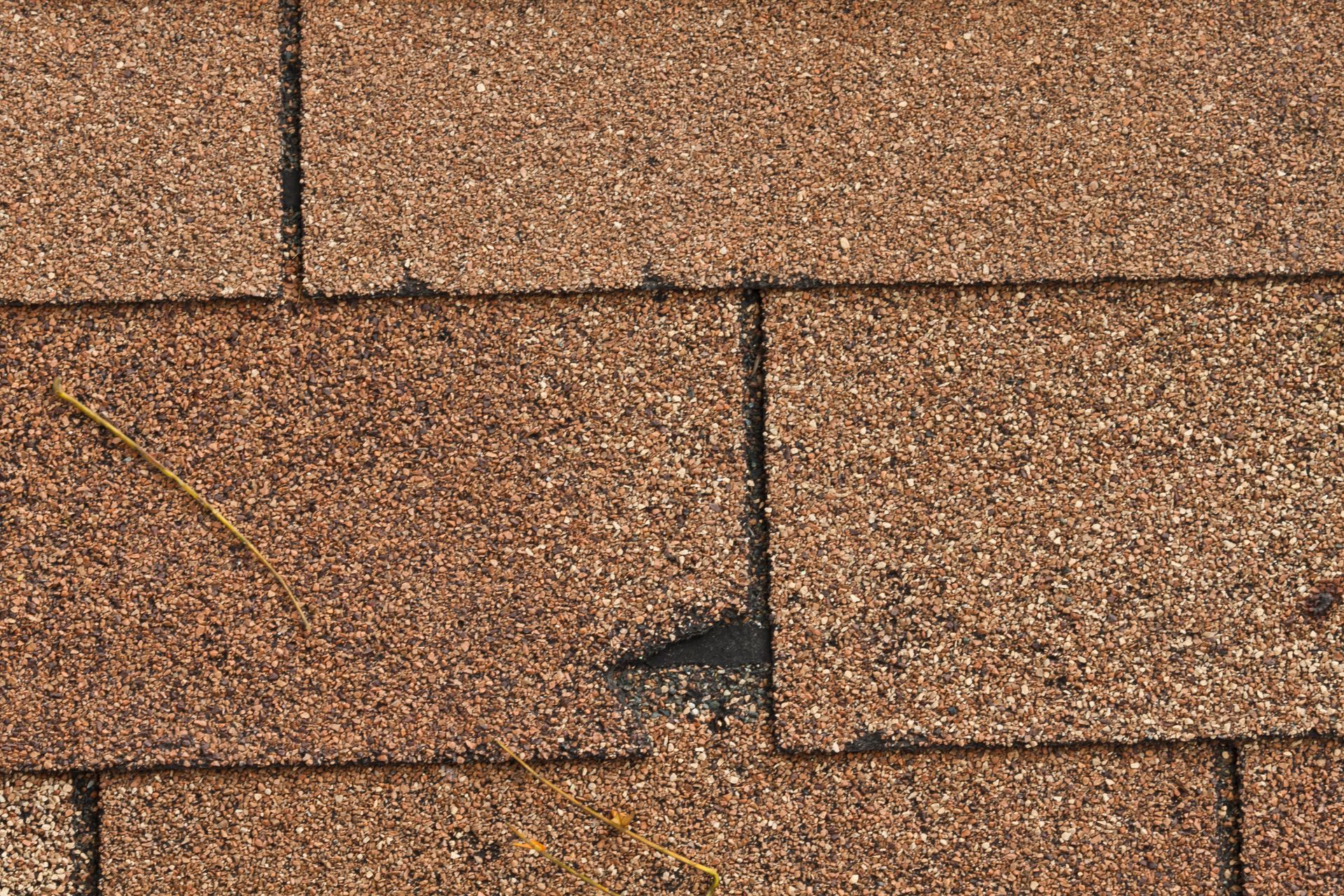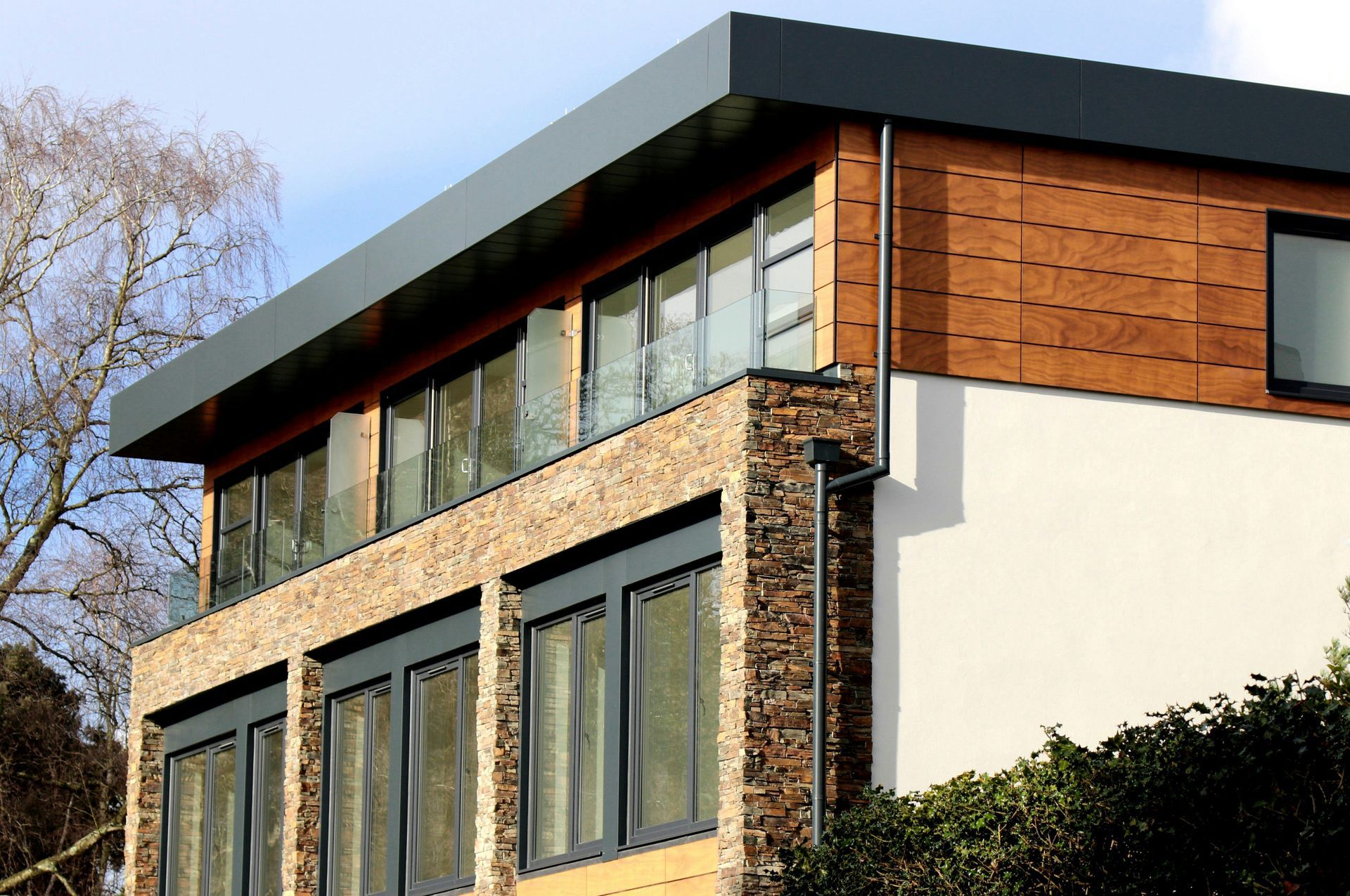
Flat Roof Options Utah: Costs, Lifespan, and Best Choices
Michael Naylor • August 5, 2025
This is a subtitle for your new post

Thinking of upgrading your roof but tired of the same old shingles? Many Utah homeowners are discovering the sleek look, energy efficiency, and surprising versatility of flat roofs.
Yet with so many choices—like traditional tar and gravel systems, modern TPO membranes, or advanced green roof designs—it’s easy to feel overwhelmed deciding which flat roof option is right for your home.
Choosing the best flat roof options in Utah isn’t just about curb appeal. Our unique climate, with its blistering summers, heavy snowfalls, and intense UV rays, demands roofing materials that can handle the extremes. The right flat roof can lower your energy bills, create usable outdoor spaces like rooftop decks, and protect your home for decades—if you know what to look for.
In this guide, we’ll break down the pros, cons, costs, and lifespans of the most popular flat roof systems in Utah—from classic tar and gravel to cutting-edge TPO. You’ll also discover maintenance tips, real-world project examples, and insider advice for choosing a contractor you can trust. Let’s help you turn your flat roof dreams into a solid investment!
Why Consider a Flat Roof for Your Utah Home?
When many Utah homeowners picture a roof, they imagine steep shingles sloping toward the ground. Yet flat roofs—once mostly reserved for commercial buildings—are quickly gaining popularity for residential homes, especially in modern neighborhoods across Salt Lake City, Provo, and St. George. Why? It comes down to a mix of aesthetics, cost savings, and surprising practical benefits uniquely suited to Utah’s diverse climate.
A Modern Look with Practical Advantages
One of the biggest draws of flat roofs is their modern, streamlined look. Architects and home designers often favor low-slope or flat profiles because they create crisp, contemporary lines and maximize interior space. Homes with flat roofs often feel more spacious and open, as there’s no angled ceiling eating up square footage upstairs.
Beyond style, flat roofs offer homeowners usable outdoor living space. Imagine sipping coffee on a rooftop deck, installing solar panels without worrying about awkward angles, or setting up a cozy rooftop garden—all options far more practical on a flat roof than a steep slope. In urban areas like downtown Salt Lake City, rooftop spaces can transform homes into private urban retreats.
Cost and Installation Benefits
From a financial standpoint, flat roofs often cost less to install than complex pitched roofs, largely because they require fewer materials and less labor. For example, Bob Harvey Roofing estimates that flat roof installations in Utah typically range from $6 to $12 per square foot, depending on the material chosen. That’s often significantly less than architectural shingle or tile roofs.
Flat roofs can also offer long-term savings through energy efficiency. Materials like TPO reflect up to 80% of solar heat, which can help reduce air conditioning costs in Utah’s hot summers. This is a big deal in places like St. George, where summer highs regularly exceed 100°F.
Built for Utah’s Diverse Climate
A common misconception is that flat roofs can’t handle Utah’s snow. While heavy snow is a concern, modern flat roofs are designed with slight slopes and advanced drainage systems to avoid ponding water. Bob Harvey Roofing’s local projects have shown that well-built flat roofs remain watertight even after significant snowfalls.
Moreover, flat roofs handle Utah’s intense UV exposure well if homeowners choose the right materials. TPO and PVC, for instance, are designed to resist UV degradation, helping them last 20 years or more.
What many homeowners overlook is the flexibility flat roofs provide for future home upgrades. Want to add solar next year? Or create a rooftop deck later on? A flat roof leaves those options open. Bob Harvey Roofing often recommends flat roofs to clients planning future home improvements.
Choosing a flat roof isn’t just about aesthetics—it’s about functionality, cost-effectiveness, and future-proofing your home for life in Utah.
Utah’s Unique Climate Challenges for Flat Roofs
Utah’s climate presents distinct challenges that every homeowner should consider when choosing flat roofing options. From blistering summer heat to snowy winters, your roof must withstand extreme conditions.
Intense UV Exposure
Utah is known for its abundant sunshine, but that also means intense UV radiation. Over time, UV rays can degrade roofing materials, causing brittleness, cracking, or fading. This is why reflective membranes such as TPO and PVC, which reflect up to 80% of solar radiation, are popular choices here. These membranes help protect your roof and reduce cooling costs (roofingcontractorsutah.com).
Snow Loads and Freeze-Thaw Cycles
Snow accumulation isn’t just a winter hassle—it can seriously strain flat roofs. Although called “flat,” modern flat roofs are built with slight slopes (typically 1/4 inch per foot) to ensure drainage and avoid ponding water, which can freeze and damage membranes. Proper drainage systems are vital in preventing leaks and structural damage in Utah’s snowy northern and mountainous regions.
Desert vs Mountain Climates
Southern Utah’s desert climate and northern mountain regions have different roofing needs. For example, in St. George, heat and UV are more critical factors, while Salt Lake City demands snow load resilience and freeze-thaw durability. Selecting materials tailored to your local microclimate ensures better performance and longevity.
Overview of Flat Roof Systems Available in Utah
Choosing the right flat roof material depends on balancing cost, durability, climate adaptability, and maintenance. Here’s a detailed look at the most popular options.
Built-Up Roofing (BUR): The Traditional Workhorse
Built-Up Roofing (BUR), often called tar and gravel roofing, consists of multiple layers of asphalt alternated with reinforcing fabrics, topped with gravel for protection.
Pros:
· Durable with 20–30 years lifespan.
· Excellent waterproofing.
· Good resistance to foot traffic.
Cons:
· Heavy, requiring strong roof decks.
· Labor-intensive installation means higher upfront labor costs.
· Gravel can be dislodged by wind or maintenance activities.
Typical Costs: $7–$12 per square foot in Utah.
Ideal for homeowners seeking a tried-and-true option with good durability, especially on commercial or larger residential buildings.
Modified Bitumen Roofing: An Improved Classic
Modified bitumen builds on BUR’s strengths by using polymer-modified asphalt sheets applied with heat or adhesive.
Pros:
· More flexible and UV resistant than traditional BUR.
· Easier to repair and maintain.
· Lifespan of 20+ years with proper upkeep.
Cons:
· Slightly higher cost than BUR.
· Still heavier than single-ply membranes.
Cost varies but generally aligns with BUR pricing. Great for moderate climates and homes requiring tougher membranes.
TPO Roofing: Utah’s Popular Choice
Thermoplastic Polyolefin (TPO) roofing is a single-ply membrane prized for its heat reflectivity and UV resistance.
Why Utah Homeowners Choose TPO:
· Reflects up to 80% of solar heat, reducing cooling bills.
· Durable against UV, ozone, and chemicals .
· Lightweight and easier to install than BUR or modified bitumen.
· Lifespan typically 20–25 years.
Cost: Ranges from $6 to $10 per square foot locally.
Bob Harvey Roofing has completed numerous successful TPO projects across Utah, from residential flat roofs to commercial buildings, consistently demonstrating strong performance in heat and snow conditions.
EPDM Roofing: A Flexible Option
Ethylene Propylene Diene Monomer (EPDM) is a durable rubber membrane widely used in colder climates.
Benefits:
· Excellent flexibility to handle freeze-thaw cycles.
· Long lifespan (20–30 years).
· Cost-effective, $5–$8 per square foot.
Drawbacks:
· Black surface absorbs heat—less ideal for hot Utah summers.
· Seams require careful sealing to prevent leaks.
EPDM remains popular in northern Utah and areas with heavy snowfall, making it a favorite for homeowners prioritizing cold-weather resilience (rapidroofing.com).
PVC Roofing: High Performance for Specific Needs
Polyvinyl Chloride (PVC) roofing is a single-ply membrane known for chemical resistance and durability.
Advantages:
· Excellent resistance to oils, chemicals, and fire.
· Lifespan of 25–30 years.
· High UV resistance.
Drawbacks:
· Higher cost than TPO or EPDM.
· Can be less flexible in cold weather.
Ideal for homes near industrial zones or with special chemical exposure concerns.
Liquid-Applied Membranes: The Modern Seamless Solution
These coatings are applied as a liquid and cure to form a seamless waterproof layer.
Advantages:
· Perfect for complex roof shapes or difficult repairs.
· Eliminates seams where leaks often occur.
· Can be used as a topcoat for existing membranes to extend life.
Limitations:
· Typically more expensive.
· Requires professional application and periodic re-coating.
Green Roofs & Protected Membrane Roofs (PMR)
Green roofs involve vegetation layers over waterproof membranes, offering insulation and stormwater management.
Benefits:
· Improved insulation, reducing heating/cooling costs.
· Mitigates urban heat island effects.
· Adds aesthetic and environmental value.
Challenges in Utah:
· Dry desert climate requires drought-tolerant plants and irrigation.
· Heavier weight demands roof structure reinforcement.
A growing niche for eco-conscious homeowners willing to invest in sustainable solutions.
Comparing Costs: How Much Will My Flat Roof Cost in Utah
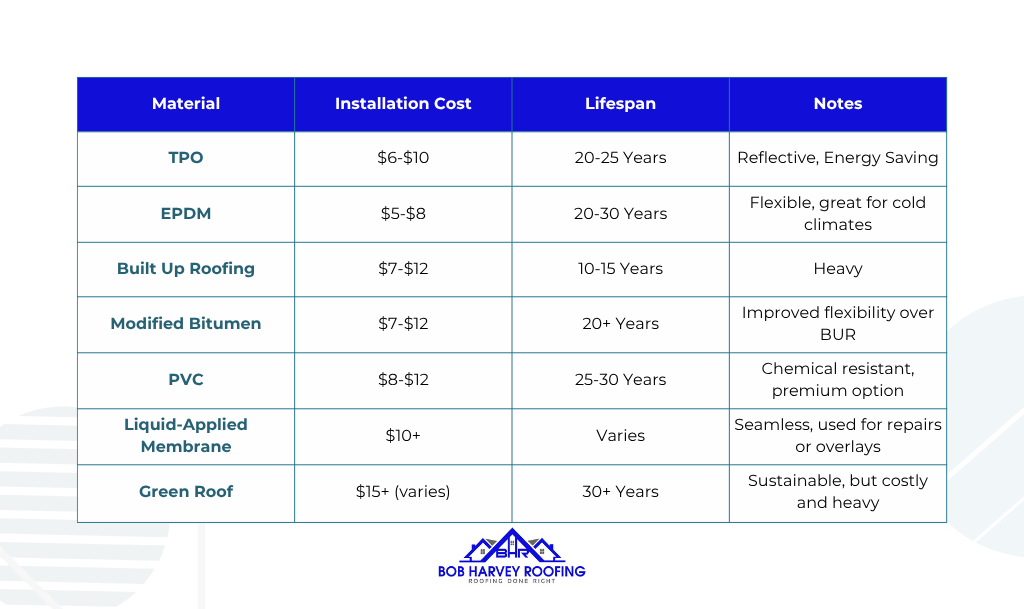
Flat Roof Longevity & Maintenance in Utah
Flat roofs require regular upkeep to maximize their lifespan, especially in Utah’s demanding climate.
· Annual Inspections: Check seams, flashings, and membrane integrity.
· Snow and Debris Removal: Prevent ponding water and ice dams.
· Seam and Flashing Repairs: Address any cracking or separation immediately.
· Professional Maintenance: Consider hiring specialists annually for thorough assessments.
Bob Harvey Roofing’s internal maintenance guides show that ignoring ponding water for more than 48 hours can reduce membrane life by up to 25%.
Flat Roofs as Usable Outdoor Spaces
One of the unique advantages of flat roofs is their potential to become functional spaces.
· Rooftop Decks: Popular in urban Utah homes, adding valuable outdoor living areas. Requires careful waterproofing and structural load assessment.
· Solar Panel Platforms: Flat roofs make solar installation easier and more efficient due to accessible, unobstructed surfaces.
· Rooftop Gardens: Green roofs provide beauty and environmental benefits but need irrigation and design suited for Utah’s dryness.
Bob Harvey Roofing has installed numerous rooftop patios using TPO membranes that handle snow loads and water drainage effectively.
How to Choose the Right Flat Roof for Your Utah Home
Consider these factors when selecting your flat roof:
· Budget: Balance upfront costs with long-term maintenance and energy savings.
· Climate: Northern Utah homeowners should prioritize freeze-thaw durability; southern Utah residents might focus on UV reflectivity.
· Usage: If planning rooftop decks or solar panels, choose sturdy, flexible membranes.
· Lifespan: Choose materials offering 20+ years with warranties.
· Contractor Expertise: Local experience is critical.
Choosing a Flat Roof Contractor in Utah: A Homeowner’s Guide
Hiring the right contractor makes all the difference. Ask about:
· Utah contractor licensing and insurance.
· Experience with flat roofing materials you prefer.
· Manufacturer certifications (e.g., Carlisle for TPO).
· Detailed, transparent quotes.
· Warranty coverage on materials and labor.
Bob Harvey Roofing offers all of these, backed by decades of local experience and positive homeowner reviews.
Real Stories: Flat Roof Successes in Utah
· In Salt Lake City, a family replaced a failing EPDM roof with TPO, reducing summer cooling costs by 15%.
· A commercial flat roof retrofit in Provo used modified bitumen to extend roof life by 10 years.
· Residential rooftop decks in Ogden built over TPO membranes have withstood heavy snow seasons without leaks.
Frequently Asked Questions (FAQs)
Are flat roofs good for homes in Utah’s heavy snow areas?
Yes. Modern flat roofs have slight slopes and proper drainage systems to handle snow load effectively, especially with durable materials like TPO and modified bitumen.
How much does a flat roof cost in Utah per square foot?
Typical costs range from $5 to $12 depending on materials—TPO averaging $6–$10, EPDM $5–$8, and BUR $7–$12 per square foot.
Do flat roofs leak more often than pitched roofs in Utah?
Not if installed and maintained properly. Regular inspections and prompt repairs prevent leaks common with ponding water or seam failures.
What’s the lifespan of a flat roof in Utah’s climate?
Most range from 20 to 30 years, depending on materials and maintenance. TPO and PVC membranes often last 20–25 years, while EPDM can reach 30 years.
Can I put solar panels on my flat roof in Utah?
Absolutely. Flat roofs provide ideal surfaces for solar panels, making installations easier and more efficient.
Is a flat roof cheaper than a pitched roof in Utah?
Generally yes, due to simpler framing and less material, but consider maintenance and energy savings over time.
Are green roofs a good idea in Utah’s dry climate?
They can be with proper planning, drought-tolerant plants, and irrigation systems, but they require more upfront investment.
How often should I inspect my flat roof in Utah?
At least once annually and after heavy storms or snow. Early detection saves costly repairs later.
Conclusion
Choosing the right flat roof for your Utah home is more than a design decision—it’s an investment in comfort, energy savings, and long-term protection against some of the toughest weather in the country. From traditional options like tar and gravel to advanced solutions like TPO membranes or even green roofs, Utah homeowners have more choices than ever before.
As we’ve explored, each flat roofing material comes with its own strengths, costs, and maintenance needs. TPO and PVC offer impressive reflectivity for battling Utah’s intense sun, while BUR and modified bitumen remain time-tested classics for durability. Newer solutions like liquid-applied membranes can solve unique challenges, and green roofs bring eco-friendly benefits if your structure can support them.
Most importantly, modern flat roofs are far from outdated or prone to leaks—they’re versatile, energy-efficient, and can even create valuable outdoor living spaces. The key is working with a roofing contractor who understands Utah’s unique climate and can guide you to the best choice for your budget and goals.
If you’re considering a flat roof for your Utah home—or need help maintaining or replacing the one you already have—reach out to the team at Bob Harvey Roofing. With decades of local expertise and a commitment to quality craftsmanship, we’re here to help you make the smartest choice for your home and your future. Contact us today for a free consultation and take the first step toward a roof built to handle Utah’s extremes.
References
- Bob Harvey Roofing. (2025). Flat Roof Repair & Replacement Service Page. https://www.bobharveyroofing.com/flat-roof-repair-replacement
- Rapid Roofing. (2023). Best Flat Roof Materials: Top Choices for Durability and Performance. https://rapidroofing.com/blog/best-flat-roof-materials-top-choices-for-durability-and-performance-ann-arbor-mi
- Roofing Contractors Utah. (2023). 7 Benefits of TPO Roofing. https://www.roofingcontractorsutah.com/7-benefits-of-tpo-roofing
- AppleRoof. (2023). 5 Most Common Flat Roof Materials Compared. https://appleroof.com/flat-roof-materials
- Wikipedia. (2024). Reflective Surfaces (Climate Engineering). https://en.wikipedia.org/wiki/Reflective_surfaces_(climate_engineering)








